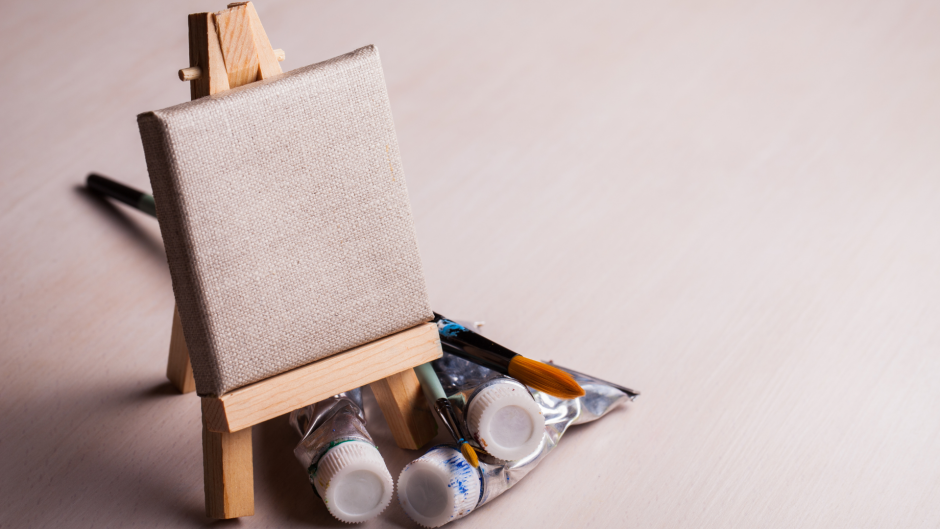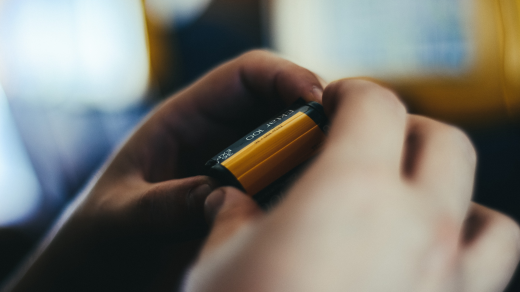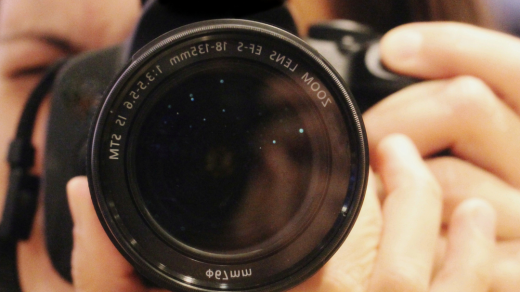The notion of doing your art on canvas is somewhat glorious since it allows you to capture people’s attention and perhaps inspire them to make art themselves. For many, however, it simply does not offer the level of freedom and versatility of traditional media like printmaking. For these people, what is needed is a solution to the problem of having to paint on canvas without giving up the flexibility of other materials.
You’ve heard it all before: “Don’t paint on canvas! It will damage your child’s brain.” It’s a myth that goes back centuries, but it’s still just a myth. There is no evidence that painting on canvas harms a child’s brain. It’s a myth that seems to be passed down from generation to generation.
We all know that painting on canvas is a great way to create some cool art. But what if you want to try something different? What if you want to try something that can be easily stored, transported, and repeated again and again, no matter where you live?
What canvas is means
Simply put, the canvas is a flat, flexible surface that is used for painting. It is the perfect medium for creating works of art because it is extremely durable, easy to clean, and pleasing to the eye. While it is true that canvas is not ideal for all types of artwork, it is a good way to get started with painting or to expand on your existing skills.
Some alternative paper for canvas:
- Paper and Cardboard. Paper is a great medium for art. It’s low-cost, easy to make, and easy to mount. It can be used for many different types of art. While the medium of paper is often used for books and prints, it’s also a great medium for paintings, sketches, and many other types of art. Painting on paper is very different from painting on canvas. And while canvas is both more expensive and more fragile than paper, it has a lot more versatility.
- Patterned Fabric. Patterned fabrics are often used for various applications, from fashion to home decor, or even for a wide variety of art applications. While patterned fabrics have been around for centuries, their use in art has only recently been explored.
- Wood and Composite Panels. As a living artist, I don’t paint on canvas. I’m always looking for a new challenge, and wood and composite panels are a fun way to stretch my creative muscles. You need to learn how to use and care for these materials, but they’re a lot of fun to work with once you do.
Anything can be painted on canvas, from portraits to vases and even furniture. Of course, it’s not just about painting; it’s about the artist and their style, the medium, the subject, and so on. While collectors prize some artists’ works, others don’t sell many works at all. Still, the act of creating art on canvas continues to be one of the most rewarding and personal ways to express oneself.
One of the biggest pitfalls people face when starting with oils or other mediums is the fact that you have to have a canvas to paint on. This sounds simple enough, but a lot of people don’t realize that you can use paper, foam boards, or even one of those giant poster boards you get at Office Depot. The key is to find an alternative that gives you the same effect and is easier to work with.
In a time where digital photography and social media have only made our lives more connected, we can now easily share our art with the world. It is no longer a simple task of bringing a picture on paper but rather the digital equivalent. However, if digital photography and social media have made our lives easier, it has also made it harder to share our art with the world. If digital photography and social media have made our lives easier, it means that we do not need to bring our pictures somewhere to be appreciated and discussed physically. We are no longer limited to the spaces that can fit our canvas. We are free to share our art with the world in any format that pleases us.
One of the most popular ways of creating art is painting on a canvas. There are thousands of ways to display your art, but one common one is to hang it on a wall or put it on a table. This section will explore some of the ways you can display your art without using canvas.



